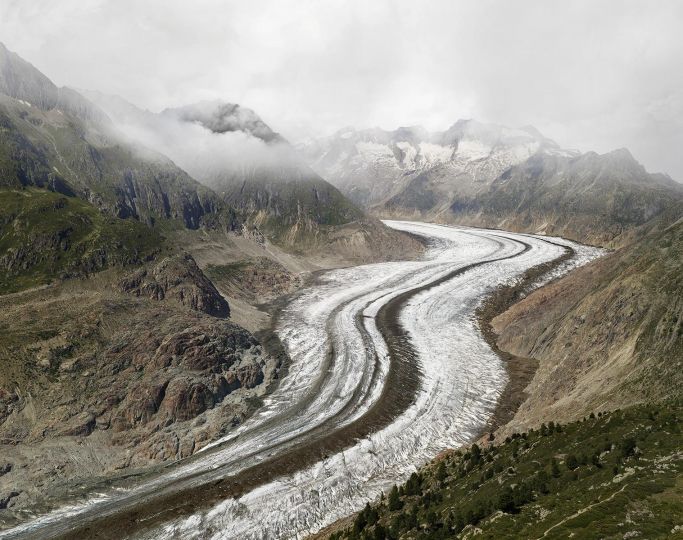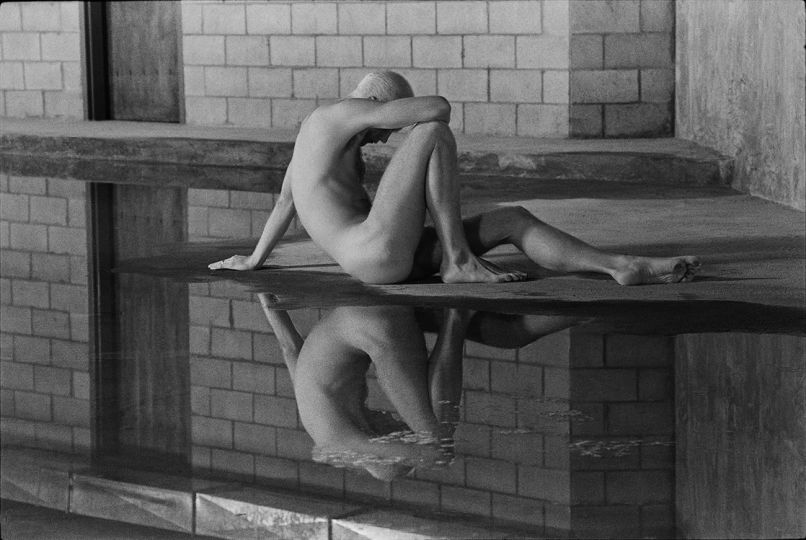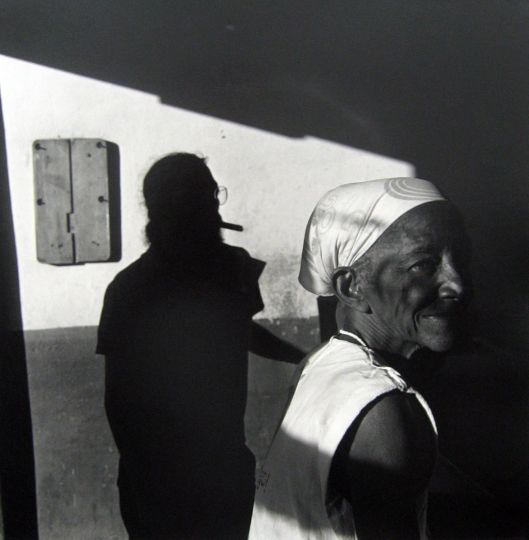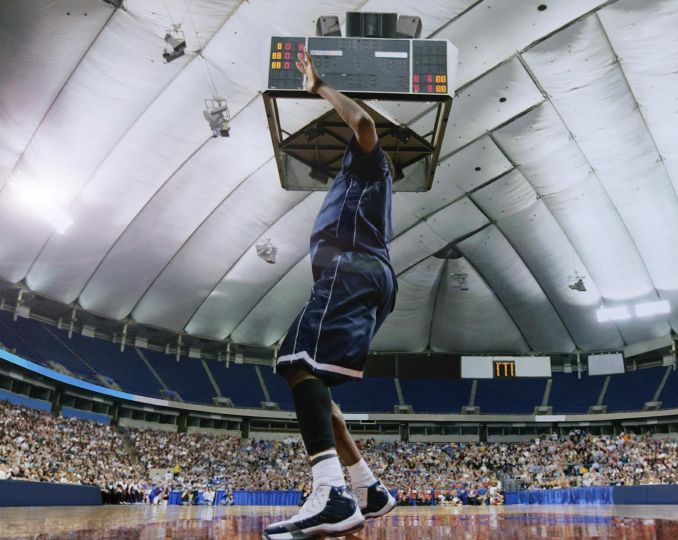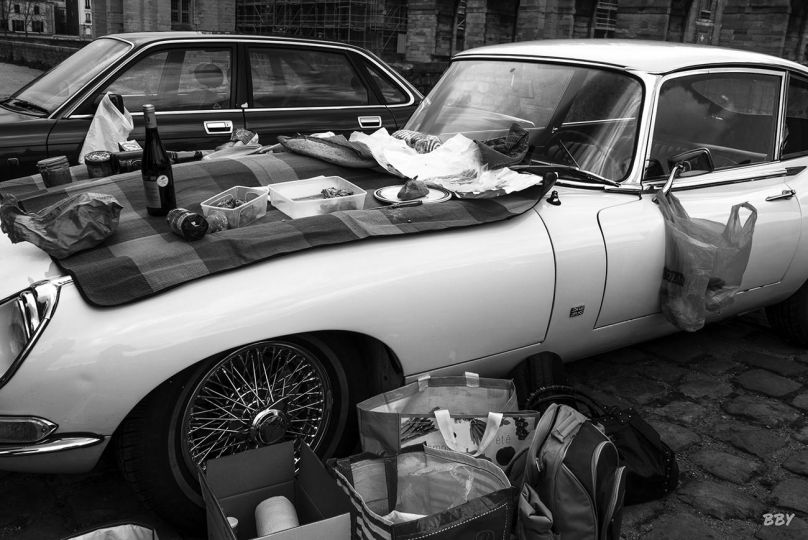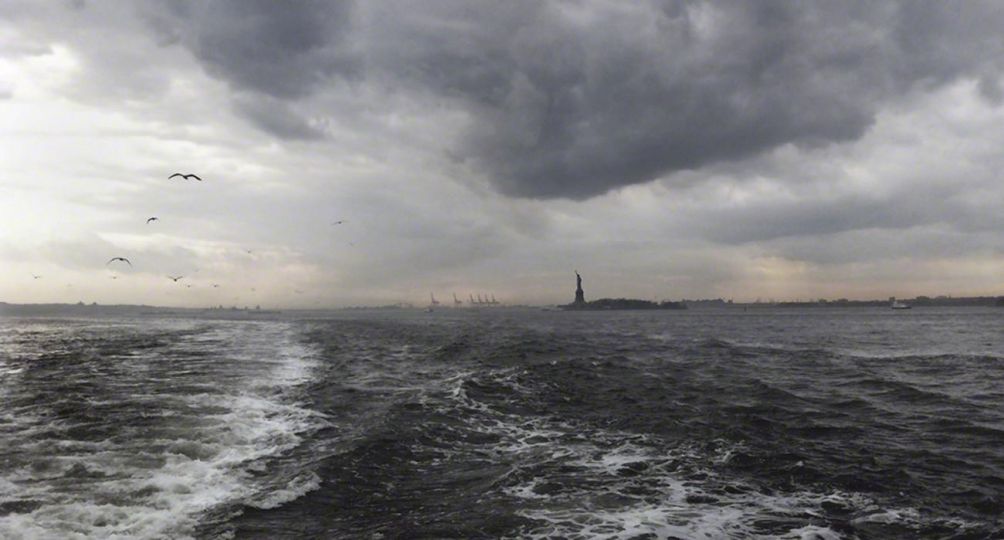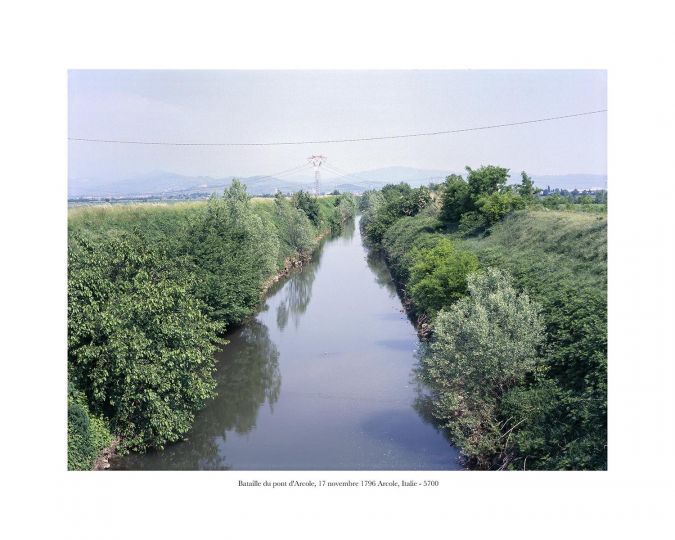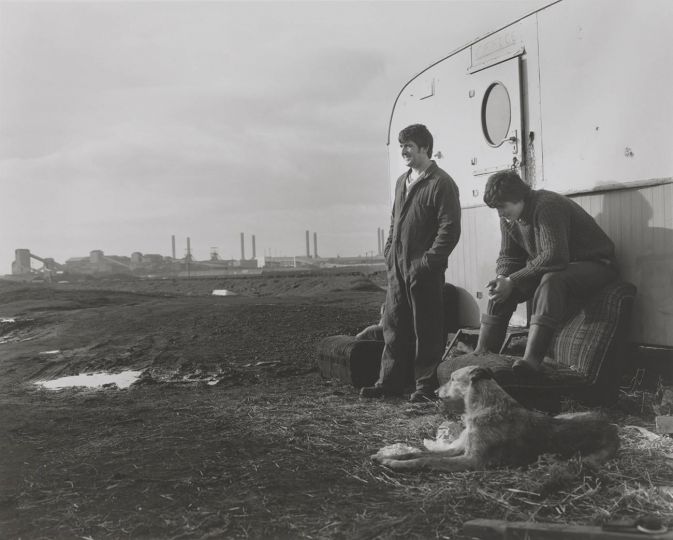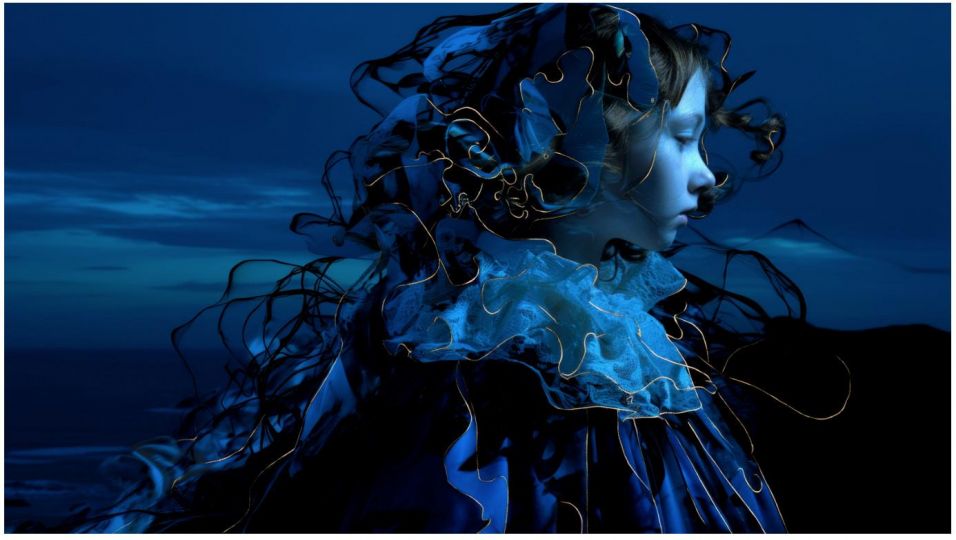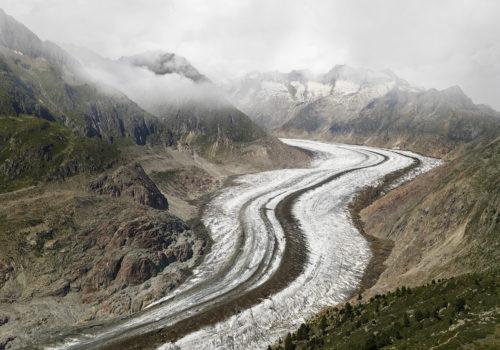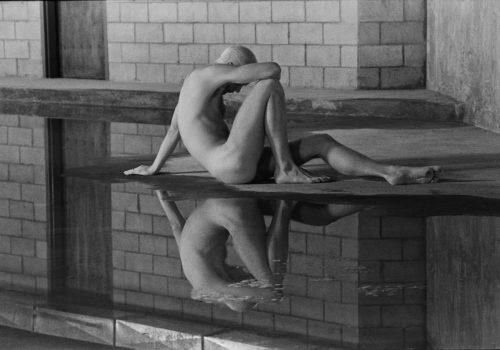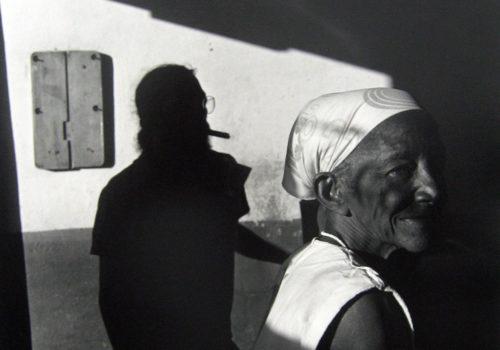How is artificial intelligence investing in the field of heritage? Specialists came to discuss about it at the BNF and talk about how AI intervenes in many professions.
With her company Iconem, Andréa Louis, software engineer and technical project manager, creates digital duplicates of archaeological sites in danger of extinction. This was the case in Syria and Iraq where jihadists endangered world heritage emblems in the 2010s. Thanks to 3D imaging and artificial intelligence, these sites were able to be digitally preserved. Today, Iconem is working with Microsoft on the Vatican. The company helps detect cracks invisible to the naked eye on walls and see missing mosaics in St. Peter’s Basilica in Rome.
A digitalization which was also fundamental in Mali in Timbuktu. The famous manuscripts from its library threatened with destruction by the Islamists in 2014 were digitized in “emergency and in a form of anarchy” relates Laurent Gaveau, culture and technology consultant of LG Consulting and Strategies, founder of the Google Arts & Culture Lab. Artificial intelligence has since made it possible to navigate through these thousands of manuscripts and look at them from another perspective, more precise and more analytical than before.
European archeology
After the fire at Notre-Dame-de-Paris, in the reconstruction phase of the cathedral, artificial intelligence has also made its presence felt during the work of the builders. The digitization of the capitular registers allowed them to be read and then deciphered by AI. Likewise, thousands of photos of the construction site were the basis of a reconstruction of an archstone by AI, making it easier to imagine what was to be reconstructed next.
“There is a big question around the sovereignty of this data” nevertheless points out Andréa Louis who says that Iconem is questioning public sharing with the aim of one day being accessible to as many people as possible. How to protect these “digital assets”? This is also what Laurent Gaveau and Xavier Rodier are questioning, the latter working on a European cloud about archaeology. “We risk losing what makes up the memory of the world if we do not invest in the protection of this data” believes Laurent Gaveau. “AI escapes researchers and those who powered the machine,” judges Aline Magnien, general curator of honorary heritage, former director of the Historical Monuments Research Laboratory (LRMH), who pleads for also taking into account the ecological dimension.
By Jean-Baptiste Gauvin


